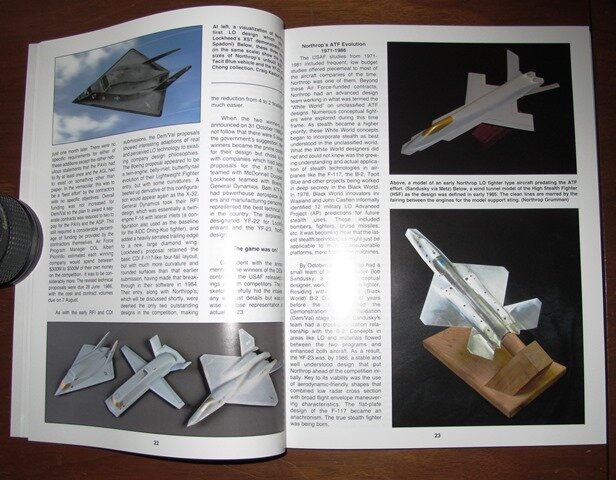- Joined
- 27 April 2008
- Messages
- 406
- Reaction score
- 125
Maybe it's just me - but I was previously unaware of the designation AP-1?:
(http://www.airspacemag.com/military-aviation/stealth.html?device=ipad)
(http://www.dau.mil/conferences/presentations/2004_PEO_SYSCOM/biographies/williams.html)Since joining Northrop Grumman in 1976, Mr. Williams'.... contributed to the design and development of.... AP-1 Tacit Blue low observable technology demonstrator....
By the time the F-117A entered service, Northrop was flying the AP-1 Tacit Blue
(http://www.airspacemag.com/military-aviation/stealth.html?device=ipad)

